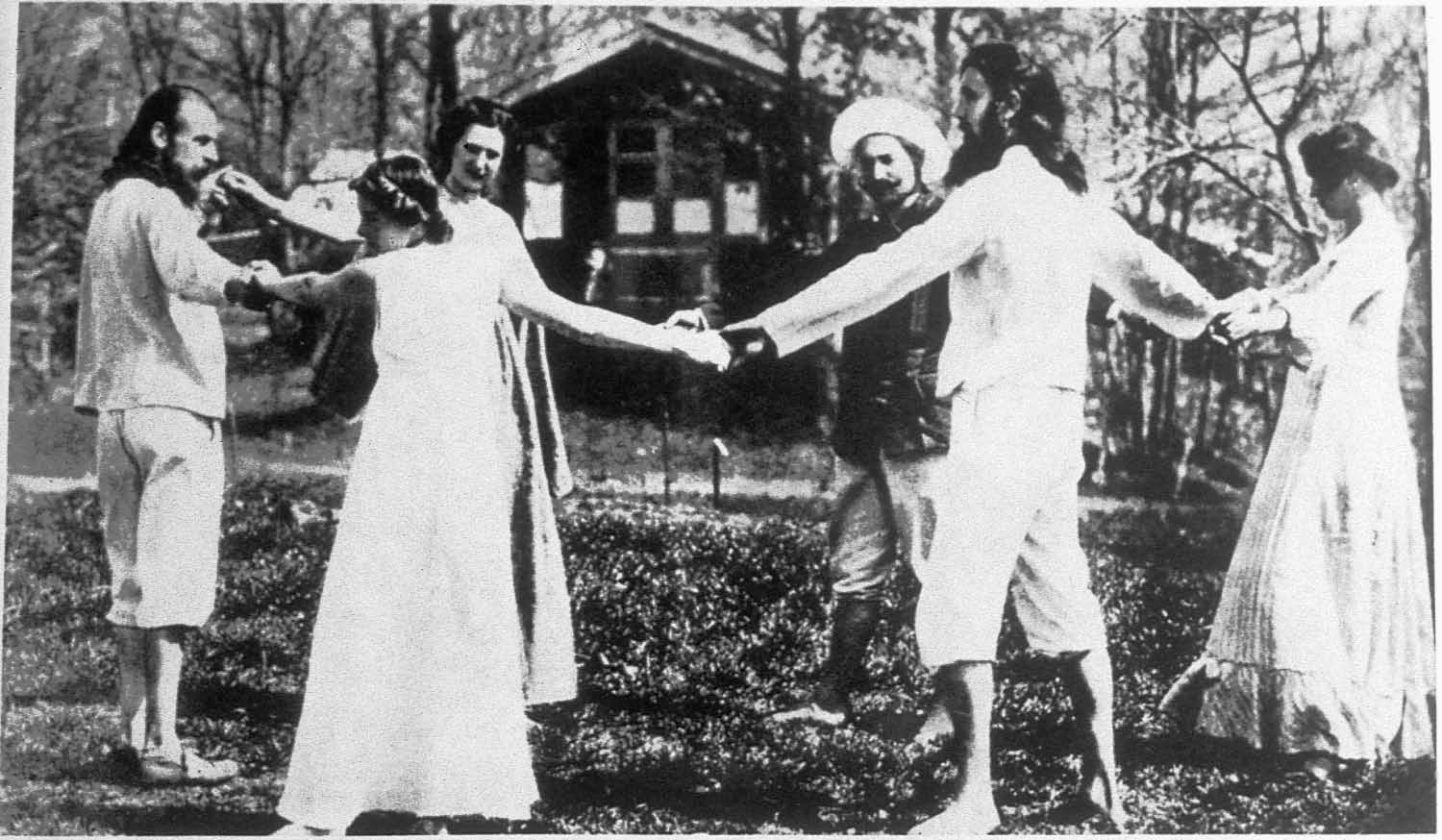History
In 1900 a group of idealists from Northern Europe settled on the hilltop above Ascona. Their vision was to start a new life, an ideal society based on freedom, simplicity, cooperation, a vegetarian diet and a closer relationship with nature.

Other movements followed at Monte Verità, focussing on psychoanalysis, sexual revolution and mythological symbolism. Psychoanalysis was first represented by Otto Gross, theoretician of the liberation of man through a vision of life without authoritarianism. In 1933 the first "Eranos Meetings" were organized. The name for the meetings was suggested by the religious scholar Rudolf Otto to the Dutch woman Olga Foebe-Kapteyn, founder of a spiritual movement characterised by its interest in myths, religions and symbolical archetypes, which in Ascona fused Western and Eastern philosophies. Simultaneous to these new cultural and philosophical currents, new artistic trends were developing. In 1910 Rudolf von Laban created the "Monte Verità Art School" which provided initiation into all types of expression. Thus a new form of dance arose, aiming towards the expression of both physical and mental states. This dance form was promoted by Charlotte Bara along the lines of the innovations introduced by Isadora Duncan.
In 1926 the hill was bought by Baron Eduard von der Heydt, an artcollector of art, who spurred Monte Verità on to its best artistic period. He had Emil Fahrenkamp build a new hotel, which allowed larger numbers of people to live in and pass through the centre. In the early decades of the 20th century, numerous artists, intellectuals and students made Monte Verità their cultural centre. Among those who spent time in the area were Carl Gustav Jung, Karoly Kereny, Erich Maria Remarque, Hermann Hesse, Adolf Portmann, Paul Klee, Hans and Sophie Täuber Arp, Robert Schürch, Oskar Schlemmer, Charlotte Bara, Marianne Von Werefkin, El Lissitzky, Alexei Jawlensky and many others. These were the golden years for Monte Verità.
In 1956, Baron von der Heydt left the property on the hill to the Canton Ticino, and a new era began for Monte Verità. In 1989 a private foundation (Monte Verità Foundation) was established, whose members comprise the Canton Ticino, the Town Council of Ascona and the Swiss Federal Institute of Technology. A plan was developed to encourage international cultural activities on an academic level through seminars and conventions on such diverse topics as scientific research, literature, history, etc.